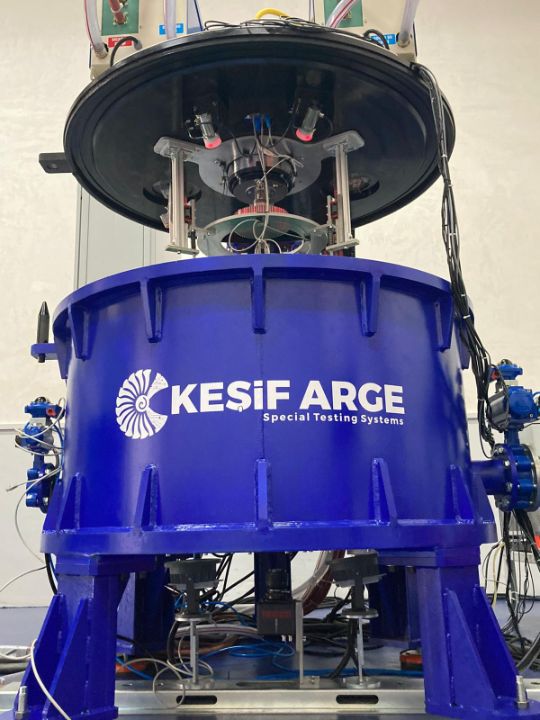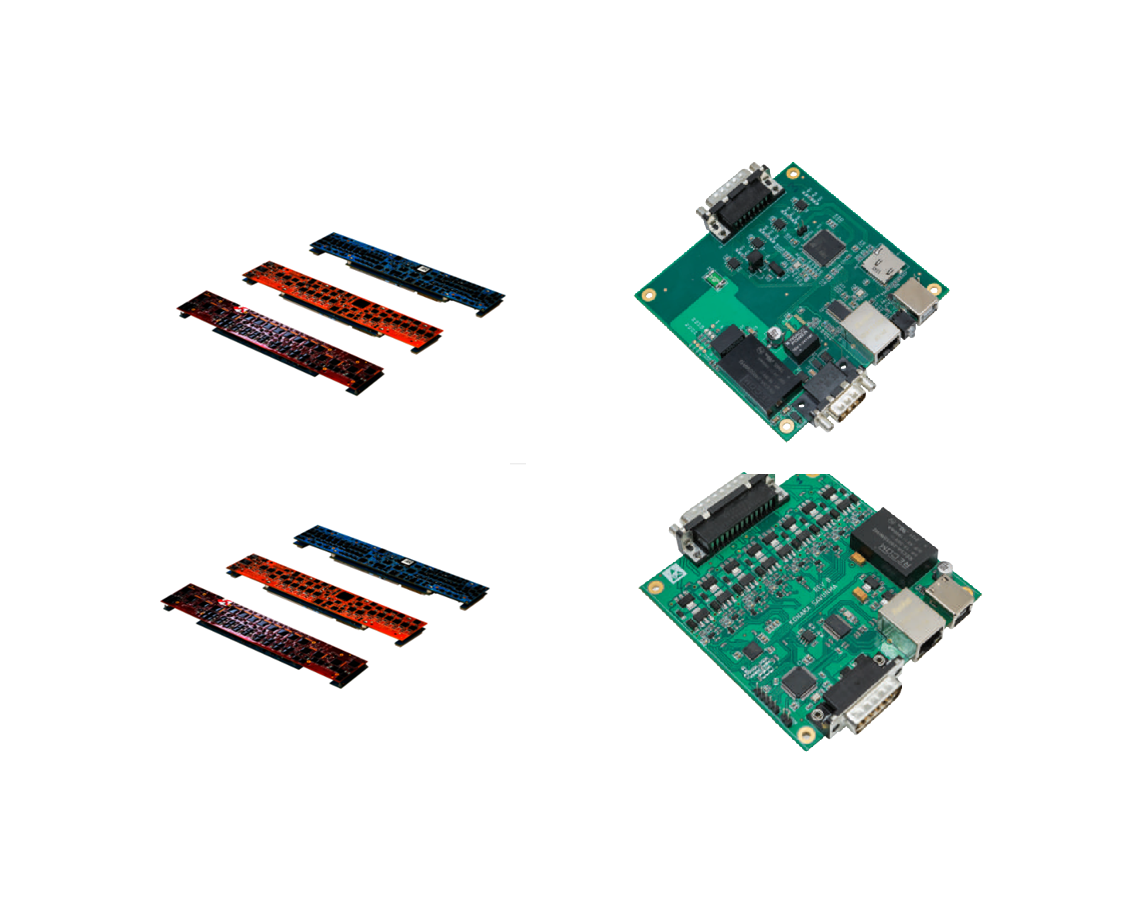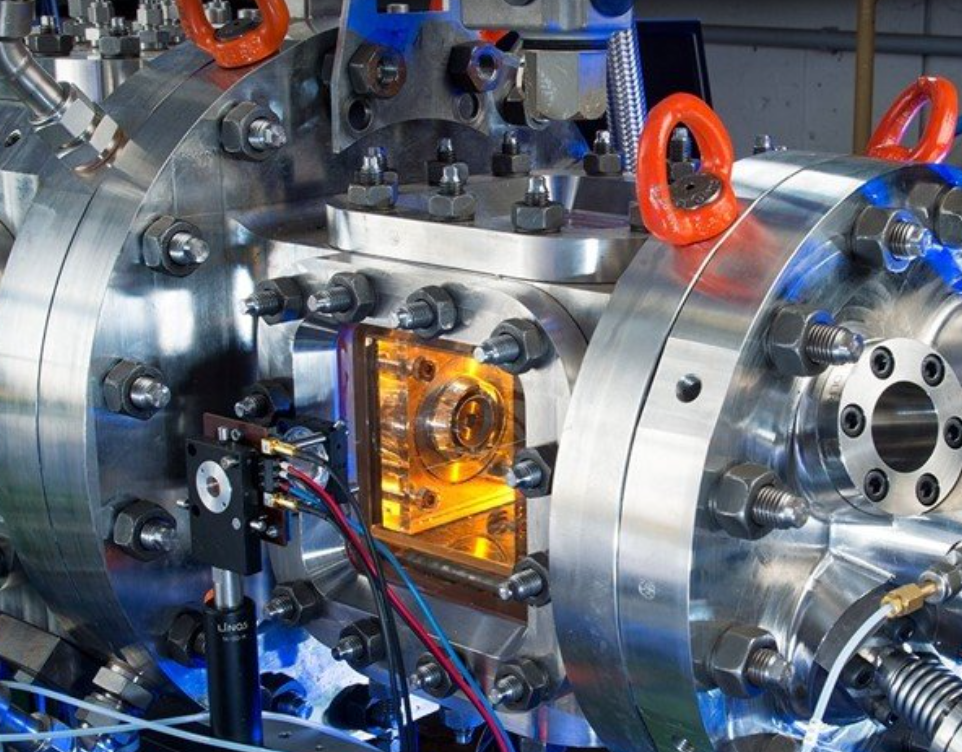
Rotor Spin/Burst Test Machine
The Rotor Spin/Burst Test Rig developed by our company is capable of simulating the challenging operating conditions of rotating components such as turbine disks, impellers, and pump rotors in a manner that closely resembles real-world environments.
To date, the test systems we have designed and manufactured in line with our customers' specific requirements feature the following general technical specifications:
Technical Specifications:
• Rotational Speed: Up to 60,000 rpm
• Max Rotor Weight: Up to 120 kg
• Operating Temperature: Up to 850 °C
• Vacuum Environment: Low pressure down to 0.5 mbar
•Radial Elongation Measurement: High-precision optical and non-contact systems
• Vibration Measurement: Dynamic monitoring with multi-axis accelerometers
•Temperature Measurement: Real-time data tracking with high-temperature sensors
• Burst Capture: High-speed camera
These systems are used for performance, safety, and lifespan testing of critical rotating components employed in the aerospace, energy, and advanced manufacturing sectors.
Custom design and data acquisition system integration are offered upon request.

Data Acquisition and Control Systems
Voltage Input Analog Module
Technical Specifications:
Number of Channels: 8 differential analog input channels
Resolution: 24-bit
Sampling Rate: Up to 64 kS/s (kilo samples per second), simultaneous sampling
ADC Type: Sigma-Delta ADC
Input Impedance: 1 MΩ
Input Range: ±10V maximum
General Features:
High-precision analog signal acquisition with a dedicated ADC for each channel
Data processing and communication via embedded ARM processor
EMI and low-frequency filter protection for signal integrity
Supports USB, Ethernet, and interface bus connections
Built-in self-test feature for internal diagnostics
Current Input Analog Module
Technical Specifications:
Number of Channels: 8 analog input channels
Resolution: 24-bit
Sampling Rate: Up to 64 kS/s, simultaneous sampling
ADC Type: Sigma-Delta ADC
Input Range: ±20 mA maximum
Input Impedance: 50 Ohm
General Features:
It is equipped with an ARM processor and a FIFO buffer.Current measurement is performed via shunt resistors on each channel
EMI and low-pass filtering ensures signal quality
Supports integration via USB, Ethernet, and interface bus
Enables accurate digital conversion of analog current signals
RTD Measurement Module
Technical Specifications:
Number of Channels: 8 channels
Update Rate: 5 Hz per channel
General Information:
Designed for use with RTD sensors (e.g., Pt100)
Ideal for systems with slowly varying temperature measurements
Suitable for industrial temperature monitoring with a 5 Hz update rate
Provides high accuracy and stability in readings
Thermocouple Measurement Module
Technical Specifications:
Number of Channels: 8 thermocouple input channels
ADC Type: Independent 24-bit Sigma-Delta
Update Rate: Programmable between 3 Hz and 4800 Hz
General Information:
Compatible with all common thermocouple types (T, J, K, etc.)
Independent ADC per channel ensures high-resolution and fast measurements
Suitable for tracking rapid temperature changes in dynamic environments
Ideal for applications such as industrial furnaces and motor testing

Aerospace Bearings Test System
Aerospace Bearing Stiffness and Damping Test Machine:
- Dynamic and static stiffness testing of the bearing
- Effects of preload on bearing behavior,
- Impact of dry vs. lubricated operation on bearing performance,
- Influence of variations in oil flow rate on dynamic characteristics (including effects on energy dissipation, temperature change, rotational speed, and other parameters)
- The damping effect of the lubrication film formed within the bearing,
- Measurement of the lubrication film in bearings,
Technical Specifications
- Measurement of stiffness and damping values of high-speed aerospace bearings
- Ability to apply static and dynamic loads to the bearing test piece
- Capability to apply 100 kN axial and 250 kN radial load statically
- Capability to apply 10 kN load dynamically with speed up to 10,000 RPM
- Up to 10 kN radial and 1 kN axial load
- Bearing lubrication capacity: 10 liters per minute
- Hot oil circulation feature up to 60 °C
- Capability to test SFD bearings

Atmospheric Combustion Chamber Test System for Aerospace Engines
Aerospace Bearing Stiffness and Damping Test Machine
The Aerospace Bearing Stiffness and Damping Test Machine is a testing device designed to evaluate the durability, stiffness, and damping properties of bearings used in the aerospace industry. This machine has been developed to ensure the safe and robust operation of bearings, which are components of aircraft and helicopters used in the aerospace sector.
The main functions of this test machine are as follows:
Stiffness Test:
The stiffness test of bearings measures how much a bearing can bend and deform under a fixed load. This test is important for assessing the structural integrity and durability of the bearing.
Damping Test:
The damping properties of bearings are tested to determine how they respond to vibrations and shocks. The ability of bearings used in aircraft and helicopters to reduce vibration is important for flight safety and comfort.
Data Collection and Analysis:
The test machine continuously collects and analyzes various data related to the performance of the bearings. This data is used in the design and development of the bearing and helps to make necessary adjustments when needed.
Evaluation of Test Results:
The data obtained from the tests is used to evaluate the compliance of the bearings with certain standards and specifications. Bearings that do not meet the compliance criteria should be redesigned or improved before being used in aerospace applications.
The Aerospace Bearing Stiffness and Damping Test Machine is an important tool to ensure the safety and performance of bearings used in the aerospace industry. These tests are critical for increasing the reliability of aircraft and helicopters and ensuring flight safety. In addition, it is widely used to verify compliance with aerospace standards and regulations.
© 2025 All rights reserved.